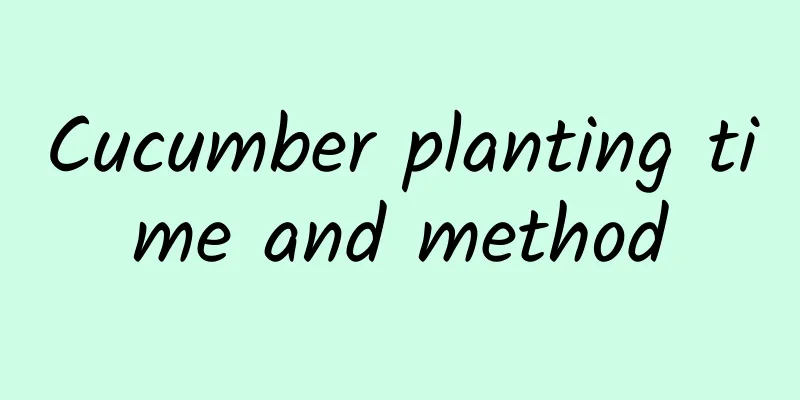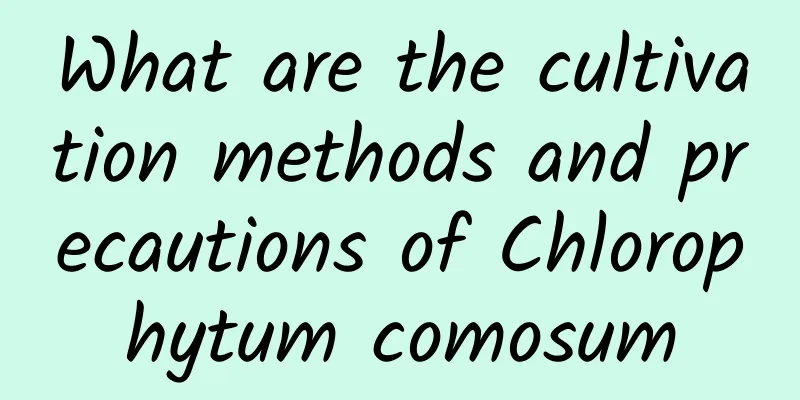What is the best fertilizer for orchids?

1. What fertilizer to use for orchidsInorganic fertilizer: Inorganic fertilizer, that is, chemical fertilizer, can be applied appropriately during the growth stage of orchids. Fertilizers mainly include nitrogen fertilizers and potassium fertilizers. Urea and potassium dihydrogen phosphate can be applied. The urea solution can be diluted 150-200 times with water and used to water the roots of orchids. The potassium dihydrogen phosphate can be diluted 200 times with water and sprayed on the leaves. Organic fertilizer: During the growth period of orchids, mainly organic fertilizers are applied, such as cake fertilizer, fish bones, orange stalks, fallen leaves, grass, human and animal feces, etc., which can also provide sufficient nutrients for orchids and the fertilizer effect is relatively mild. Organic fertilizer is mainly used as base fertilizer. It must be sterilized and insecticidal, fully fermented, and mixed into the soil when potting to ensure a good supply of nutrients. It can also be used as top dressing. You can dig holes in the soil around the roots of the orchid, apply the fertilizer into it, and cover it with soil. Water-soluble fertilizer: Orchids can also be applied with water-soluble fertilizer. Mix the water-soluble fertilizer with water and then water it to the roots of the orchid. The water-soluble fertilizer can encourage the roots to fully absorb nutrients. Special fertilizer: When growing orchids, you can use special slow-release fertilizer for orchids, which is specially developed for orchids and can effectively promote the growth of orchid roots. 2. Precautions for orchid fertilizationSterilization: When using organic fertilizer for orchids, they can be sterilized in advance. It needs to be fermented first and then steamed at high temperature to kill bacteria and insect eggs. Apply fertilizer in small amounts and frequently: When fertilizing orchids, be sure to apply fertilizer in small amounts and frequently. |
<<: How to remedy the situation when the leaves of Phoebe nanmu suddenly dry up and fall off?
>>: Planting technology and cultivation management methods of Belamcanda chinensis
Recommend
The cultivation methods and precautions of bougainvillea
1. Breeding methods 1. Light: Light is a necessar...
How to care for lotus bamboo and what Feng Shui effects does it have
1. How to maintain 1. Soil: For soil cultivation,...
How often should jasmine be fertilized and what kind of fertilizer should be applied
How often should jasmine be fertilized? 1. The me...
How many kilograms can one acre of ox-horn pepper produce?
Yield of horn pepper per mu Cow horn pepper has t...
The difference between coral tree and bachelor tree
1. Differences in leaves The leaves of the coral ...
How to fertilize the hanging bamboo plum
Fertilization method of hanging bamboo plum In te...
Where do tea seeds come from?
Where do tea seeds come from? Tea seeds are mainl...
What to do if the leaves of peony turn yellow
1. Water appropriately: Reason: If you water too ...
What's wrong with the yellow leaves of Chlorophytum?
1. Reasons 1. Insufficient light: It is a semi-sh...
How many pounds does Xanthoceras sorbifolia yield per mu?
Yield of Xanthoceras sorbifolia per mu Xanthocera...
Can I grow grapes at home?
Can I grow grapes at home? Grapes can generally b...
What should I do if I water the arrowroot too much?
How to deal with excessive watering of the feathe...
Can dog urine be used as fertilizer?
Dog urine as fertilizer Dog urine can be used as ...
How to plant Tangyin seeds
Soil Preparation If you want to grow flowers well...
What to do if the leaves of Cymbidium orchid turn yellow
Causes and treatment methods Not enough water Alt...









